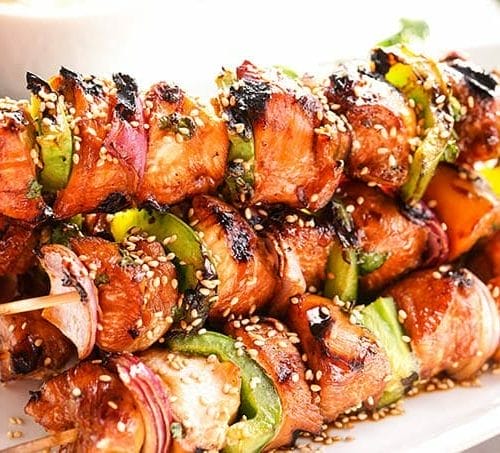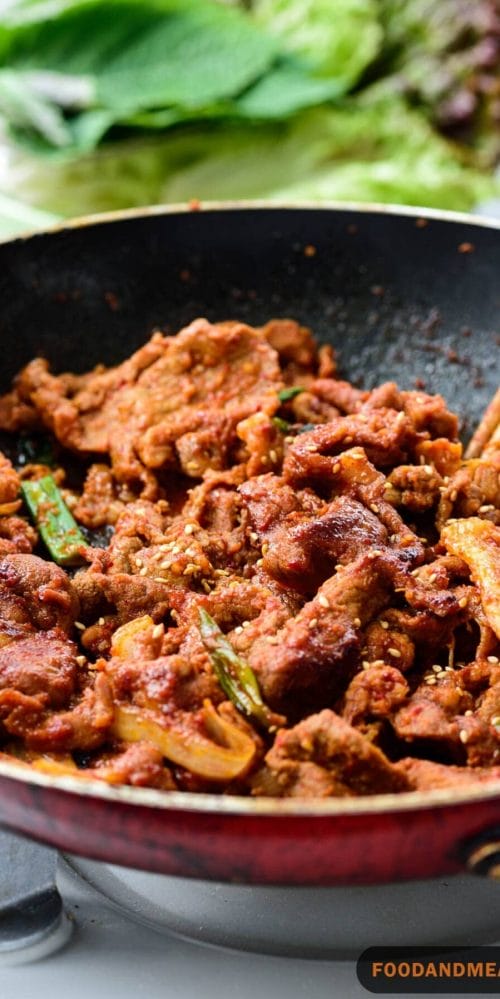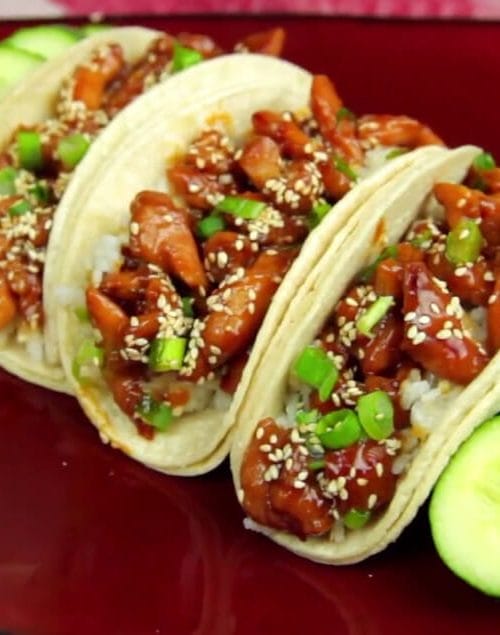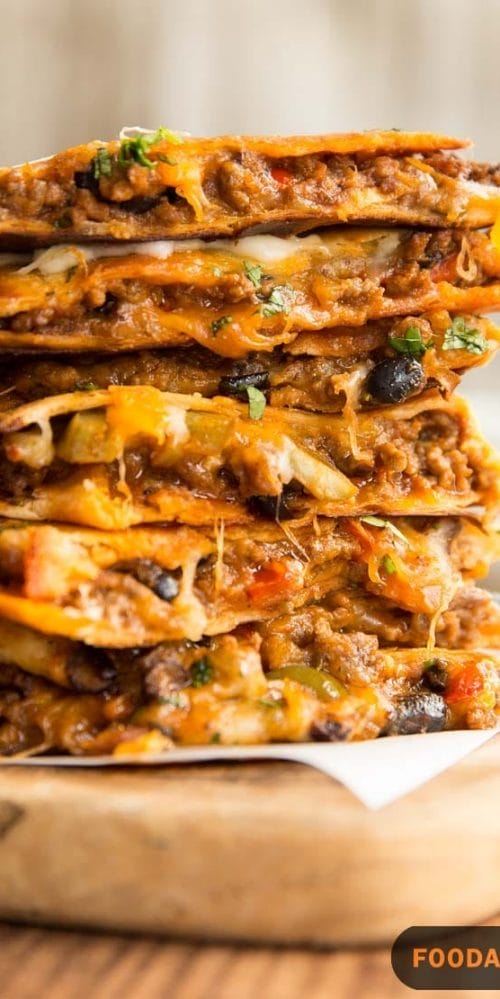Welcome to Food and Meal, your source for culinary inspiration. Explore mouthwatering grill pan recipes to enjoy that irresistible grilled flavor right in your kitchen. Whether you’re a grill pro or a cooking enthusiast, our collection has you covered with a range of dishes to elevate your home-cooked meals. Grab your grill pan and join us on Food and Meal for indoor grilling adventures.
How to use grill pan?

1.Choosing a grill pan
- Choose a grill pan with pronounced, deep ridges for optimal results. Deeper ridges create more dramatic sear marks, and larger ridges will give your food a grill-like appearance. Look for a grill pan with ridges that are taller than 1⁄2 centimeter (0.20 inches).
-
Choose a cast iron grill pan for superior heat retention and better searing, as it mimics a grill effectively. While nonstick pans are easier to clean, they won’t provide the same cooking results. Please avoid using a cast iron grill pan if you have a ceramic stovetop.
- Choose a square grill pan for more cooking space compared to round ones. It allows you to grill larger portions of your favorite meats and vegetables effectively.
- Look for a grill pan with a matching press to create defined grill marks. Some pans include presses to enhance the appearance of grill marks. While you can achieve grill marks without a press, they may not be as distinct or uniform.
- For a grilled taste, choose a pan with a lid. Grilling typically involves closing the grill lid to trap heat, smoke, and flavor. Covering your grill pan with a lid while cooking can replicate this effect and enhance the grilled taste of your food.
2. Preparing Your Pan and Food
- Before using the pan, rinse it quickly with warm water to remove any accumulated dust from storage. After rinsing, dry the pan thoroughly with a clean cloth.
- Slice your food into relatively thin pieces when using a grill pan to replicate the grilling experience. This allows your food to develop char marks and a smoky taste without burning while ensuring the inside cooks properly.
-
Brush oil onto your food before placing it in the pan. This prevents sticking and ensures the oil doesn’t burn on the pan, enhancing your cooking process.
3. Grilling Your Food
- Preheat the pan on medium-high heat for at least five minutes. This ensures the entire pan surface is evenly hot, promoting even cooking and achieving attractive grill marks.
- When the pan is sufficiently heated, gently place your food on it using tongs or other grill equipment. Leave about half an inch (1.25 cm) of space between larger items, like chicken or steak pieces. Position the food perpendicular to the grill ridges to achieve distinct grill marks.
- Cover the pan, even though grill pans typically don’t come with lids. This can speed up the cooking process and enhance the smoky and charred flavor. You can do this by carefully placing a lid or an upside-down metal bowl over the food on the grill pan.
- Avoid moving the food for about one minute after placing it on the grill pan. Allowing it to remain stationary helps create those coveted sear and grill marks that add character to your dish.
- Rotate or adjust your food with tongs after a minute or two if it’s cooking unevenly or burning. Experiment to find the right timing for your specific dish and pan.
- After rotating and letting your food sit for several minutes, flip it. This ensures even cooking and prevents burning.
- When cooking meat, always check its temperature before removing it from the pan. This ensures that the interior of the meat reaches the minimum safe temperature for consumption. By using a thermometer, you eliminate guesswork and ensure your food is both cooked and safe to eat.
4. Cleaning and Storing Your Pan
- Once the pan has cooled, clean it thoroughly with hot water. Use a clean cloth soaked in hot water to wipe down the pan, paying special attention to the grooves between the ridges. To clean them effectively, wrap the cloth around your finger and wipe along the grooves. Rinse the cloth periodically during cleaning.
- To season your cast iron grill pan before storing it, simply apply a thin layer of vegetable oil onto the pan’s surface using a paper towel. Then, place the pan in the oven at 375°F (190°C) for an hour. Afterward, turn off the oven and let the pan cool. This process helps maintain its non-stick properties and prevents rust during storage.
- Store your cast iron grill pan in a dry location to prevent rusting. Avoid humid areas like outdoor storage spaces. Opt for a cool and dry location such as a pantry for safe storage.
Pros and cons of grill pan

Pros of using a grill pan
| Healthier Cooking | The ridges in grill pans allow excess fat and juices to drain away from the food, resulting in healthier, less greasy meals. |
| Even Heat Distribution | Many grill pans are made from materials like cast iron, which distribute heat evenly across the cooking surface, ensuring consistent cooking results. |
| Large Cooking Surface | Some grill pans are designed to cover two burners, offering a generous cooking area for preparing multiple servings at once. |
| Versatility | Grill pans can be used for a wide range of foods, from meats and vegetables to sandwiches and even fruits, adding versatility to your kitchen tools. |
| Controlled Cooking | Grill pans allow you to control the cooking process, making it easier to achieve desired levels of doneness and flavor. |
| Easy to Clean | Most grill pans are relatively easy to clean, especially if properly seasoned and maintained. |
Cons of using a grill pan
| Limited Capacity | Grill pans are typically smaller than outdoor grills, which can limit the quantity of food you can cook at once. |
| Maintenance | Cast iron grill pans, in particular, require seasoning and ongoing maintenance to prevent rust and maintain non-stick properties. |
| Heat Retention | Some grill pans, especially those made of heavy materials like cast iron, can retain heat for a long time, making them hot to handle even after cooking. |
| Limited Versatility | While grill pans are versatile, they may not be suitable for all types of cooking, such as deep frying or boiling. |
| Food Contact | Grill pans may not be the ideal choice for delicate foods like fish, which can stick to the ridges or break apart during cooking. |
| Cost | High-quality grill pans made from materials like cast iron can be relatively expensive compared to other cookware. |
Best Grill Pan Recipes
Unleash the sizzling potential of your grill pan with our curated collection of recipes. The grill pan, a kitchen gem, offers the charred perfection of outdoor grilling right on your stovetop. Whether it’s smoky vegetables or seared steaks, our recipes are designed to harness the distinct flavors and markings only a grill pan can impart. Dive into these dishes and bring the essence of outdoor barbecues straight to your dining table, any day of the week.
Hi! I'm Nazia of ‘Nazia Cooks’, a self-taught baker and cook residing in Chennai. Rooted in the rich South Indian culinary landscape, my palate has expanded to embrace global flavors. I revel in crafting fusion dishes, melding traditions to birth unique tastes.









